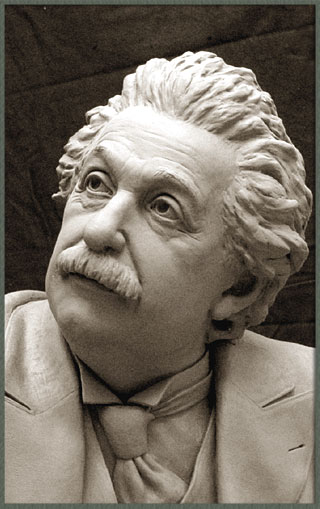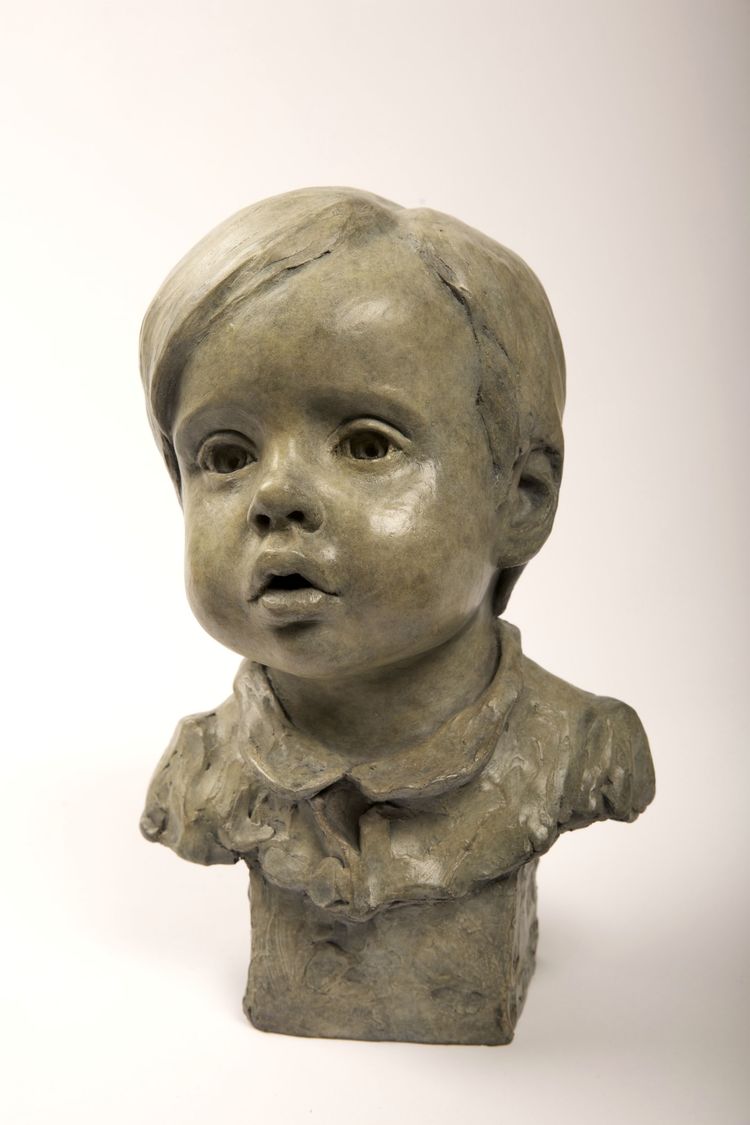Bronze Sculptures: Timeless Artistry Cast in Bronze
Wiki Article
The Influence of Nature in Sculpture Art
The impact of nature in sculpture art is a topic that has actually astounded artists throughout history. From ancient civilizations to contemporary artists, the environment has functioned as an extensive source of ideas. This impact appears in the organic forms and forms that are often located in sculpture, imitating the contours and shapes of nature. Carvers also discover appearance and materials in their work, looking for to recreate the responsive high qualities of the environment. Symbolism of all-natural elements is an additional method which nature influences sculpture, as artists imbue their developments with the meaning and associations integral in these elements. The atmosphere itself, with its landscapes, plants, and fauna, is typically mirrored in sculptures, providing a link to the globe around us. Ultimately, sculpture art has the power to record the transience of nature, freezing a moment in time and allowing us to appreciate its beauty in perpetuity.Organic Forms and Forms
Organic shapes and kinds, inspired by the complex patterns and unified structures located in nature, play an essential role in the world of sculpture art. Carvers have actually long been captivated by the charm and intricacy of the environment, discovering motivation in the graceful contours of a seashell, the fragile petals of a flower, or the twisting branches of a tree. By mimicing and extracting these natural kinds, artists are able to develop sculptures that stimulate a sense of consistency and balance.Among the reasons natural types and shapes are so widespread in sculpture art is their capability to connect with viewers on a deep psychological level. The environment recognizes to all of us, and when we see these kinds stood for in art, it generates a feeling of comfort and recognition. It reminds us of our location in the grand plan of things and enables us to get in touch with something higher than ourselves.
In addition, organic kinds and forms in sculpture art usually embody a sense of activity and energy. The flowing lines and vibrant compositions simulate the constant motion and growth found in nature. This develops a feeling of vitality and brings sculptures to life, making them look like if they can continue to advance and transform before our eyes.
Texture and Material Expedition
A significant facet of sculpture art affected naturally is the expedition of appearance and materials via making use of different techniques and tools. Musicians commonly attract inspiration from the varied appearances found in the natural globe, such as the rough bark of a tree, the smooth surface of a stone, or the intricate patterns on a leaf. By including these structures right into their work, carvers can develop a tactile experience for viewers, inviting them to engage with the art work on a sensory degree.Appearance can be attained in sculpture through a variety of techniques. Some artists choose to carve or form straight right into the chosen material, developing a three-dimensional surface area that resembles the appearances located in nature - Robert C Hitchcock Sculptor.
Material expedition is also a considerable part of sculpture art influenced by nature. They may incorporate all-natural components like branches, leaves, or also dirt right into their sculptures, obscuring the borders in between art and the atmosphere.
Significance of Natural Elements
The consolidation of natural environments in sculpture art adds a layer of symbolism and deepness to the art work. By using materials found in nature, sculptors are able to imbue their productions with definition that reverberates with audiences on a profound degree. Natural environments such as timber, rock, and plants have been used throughout background to communicate various symbolic messages.Timber, for instance, commonly represents resilience, development, and strength. Sculptures crafted from this material can stimulate a sense of link to the earth and the cycles of life. Rock, on the other hand, is usually related to permanence and endurance. Sculptures sculpted from stone can represent the timeless nature of particular ideas or principles.
Plants and blossoms are additionally regularly incorporated into sculpture art, representing themes of renewal, appeal, and development. The fragile flowers and news vibrant colors of blossoms can stimulate sensations of joy, while the intertwining branches of plants can signify interconnectedness and unity.
Along with these natural products, artists may also make use of natural environments such as water, fire, or wind to additionally boost the symbolic message of their art work. These elements can represent the transformative power of nature, the passage of time, or the pressures that form our globe.

Representations of the Setting
Reflections of the Setting can be seen in sculpture art through the consolidation of natural environments and the portrayal of environmental styles. Sculptors usually attract inspiration from the atmosphere, making use of materials such as wood, rock, or perhaps recycled materials to create their art work. By utilizing these all-natural elements, they not only admire the environment however also produce a more powerful connection in between the art work and its surroundings.Along with the materials utilized, sculpture art likewise mirrors the setting through the portrayal of ecological themes. Several sculptors choose to portray animals, plants, or landscapes in their job, highlighting the beauty and fragility of the natural world. These sculptures function as pointers of the importance of preserving our atmosphere and the requirement for sustainable methods.

Moreover, environmental sculptures often intend to raise understanding regarding pressing ecological issues. They function as aesthetic depictions of the effect of human activities on the setting, such as logging, pollution, or environment change. By depicting these concerns in their art work, sculptors wish to motivate visitors to take activity and end up being more aware of their own ecological impact.
Capturing the Transience of Nature
Sculpture artists better check out the influence of nature by skillfully catching the ephemeral and ever-changing aspects of the environment. Through their virtuosity, these artists intend to illustrate the fleeting appeal and transience of nature, stimulating a sense of marvel and contemplation in visitors.One method which sculpture musicians catch the transience of nature is by utilizing materials that are themselves subject to degeneration and change. Artists might choose to work with natural materials such as fallen leaves, blossoms, or wood, which naturally wear away over time. This intentional selection highlights the impermanence of nature and reminds us of the unpreventable cycle of life and death.
Furthermore, sculpture musicians typically use methods that develop a feeling of movement and fluidity in their job. By including flowing lines and dynamic kinds, they convey the ever-changing nature of the environment. This can be seen in sculptures inspired by wind, water, or the growth of plants, where the artist looks for to record the significance of constant movement and makeover.
Furthermore, some artists select to produce short-lived or site-specific installations that engage with the atmosphere. These ephemeral sculptures, made from materials such as ice, sand, or light, are intentionally developed to progressively alter or disappear in time. By accepting the short-term nature of their developments, musicians invite visitors to assess the fleeting beauty of the natural globe and the brevity of human existence.

Conclusion
Finally, nature has an extensive impact on sculpture art. Through using natural forms and shapes, artists are able to evoke a feeling of all-natural elegance and consistency. Structure and product expedition better boost the link to nature, as artists frequently integrate natural products into their sculptures. Significance of natural environments adds depth and indicating to the artwork, while reflections of the atmosphere capture the essence of nature. Eventually, sculpture art catches the transience of nature and celebrates its long lasting effect.
Importance of natural components is another method in which nature affects sculpture, as musicians imbue their developments with the definition and associations fundamental in these aspects.A significant element of sculpture art affected by nature is the expedition of texture and materials via the usage of various methods and tools (Portrait Sculptor).Product exploration is additionally a significant component of sculpture art affected by nature.One method in which sculpture artists catch the transience of nature is by utilizing materials that are themselves subject to decay and modification. Appearance and product exploration further enhance the connection to nature, as artists commonly include all-natural materials into their sculptures
Report this wiki page